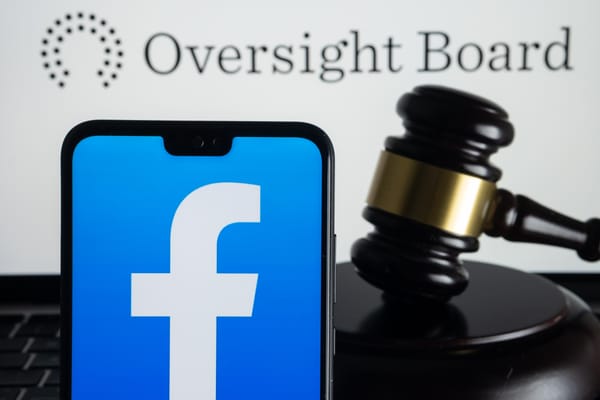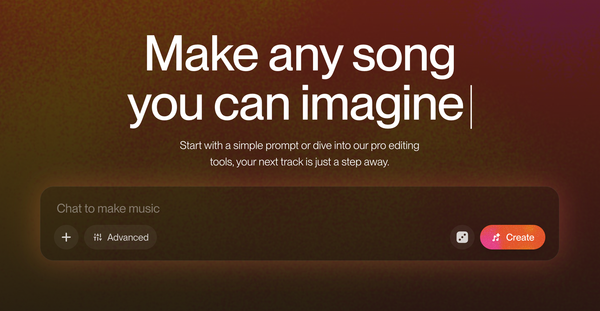Is anyone left to defend trust and safety?
It’s under assault this year from users, politicians, and their own executives — but the industry has responded with silence
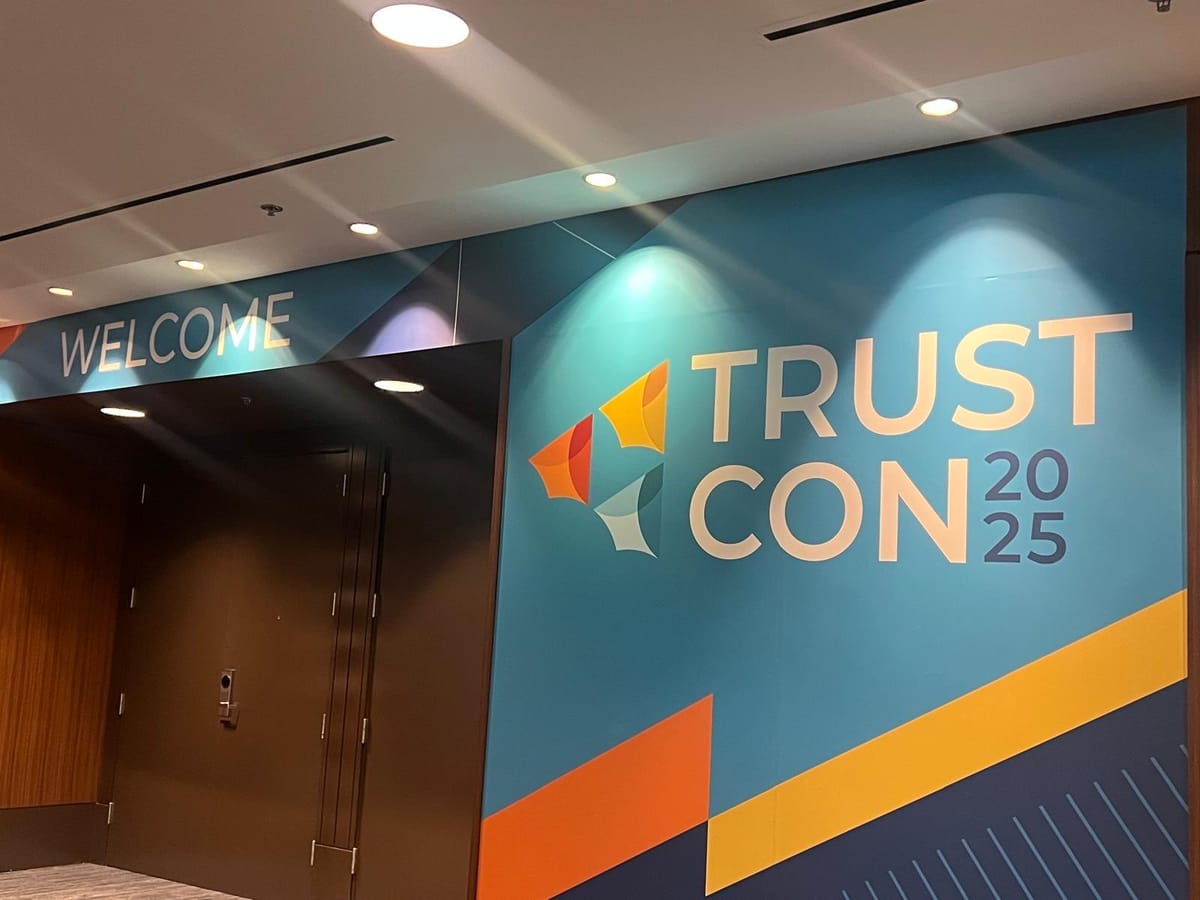
In 2023, I asked whether we had reached peak trust and safety. Noting the huge number of layoffs at tech companies that year, and the growing political pressure on platforms to stop removing misinformation related to Covid and vaccines, I suggested that the period between Donald Trump’s first election as president and the start of Biden’s presidency might come to be seen in retrospect as a high-water mark for the tech industry’s investment in content moderation.
Two years later, the answer to my question seems obvious. Rolling layoffs across Meta, Google, Microsoft, and other platforms have made careers in trust and safety even more precarious, according to an academic paper published this year. (Its title: The End of Trust and Safety?) And as those workforces have diminished, platforms have also rolled back policies that once sought to protect users against hate speech, propaganda, and even weapons powered by artificial intelligence — and some platform leaders, such as X’s Elon Musk, openly brag about it.
For years, Platformer has been, among other things, a chronicle of the effort tech companies made to improve the integrity of their platforms after the backlash against them that began in 2016. This year, though, that march abruptly reversed — so much so that Meta created new carveouts in its speech policies to protect hate speech against women, immigrants, and transgender people, in the hopes that doing so would curry favor with the newly re-elected President Trump. (It did.)
For more than half a year now, I’ve waited for a single leader in the field of trust and safety to stand up and say something about this retrenchment. To quit their job, to write an op-ed, to call a reporter and talk on the record. To say: this work was important — it saved lives — and it’s wrong that my company isn’t doing it anymore.
I’m still waiting. Whatever trust and safety leaders have been doing this year, as their industry has been under siege like never before, they have been very, very quiet about it.
This week, I attended TrustCon, the fourth annual conference of the Trust and Safety Professionals Association, in the hope of getting some answers. In her opening speech, the group’s executive director, Charlotte Willner, spoke — in broad terms — to the collective anxieties of those in the room.
“I … can't ignore that so many things are not getting better,” said Willner, who previously built the first safety operations team at Facebook. “So often in past years, perhaps we felt alone in our work — but at least there was some kind of backstop. Surely even if some individual companies or business leaders made questionable choices — like making Grok AI — for kids! — the broader system would still hold. Surely our democratic institutions would prevent the worst imagined outcomes. Surely there were guardrails we could count on. Instead — we've watched norms and institutions we thought were solid prove to be more fragile than we could ever have imagined.”
Willner didn’t name names — and didn’t have to, since the relevant parties were all well known to those in the room. Still, as I scanned the agenda for the conference, I hoped to find some reflection on where the industry might go from here — or, better yet, how it might organize to demand higher standards from their employers.
Instead, though, I found panels speaking to workers’ more mundane, operational concerns: what to do about the proliferation of deepfake “nudification” apps; how to verify users’ ages to comply with new regulations; how to identify content generated by artificial intelligence; and how to use AI to automate content moderation. And in between, attendees took in panels about the necessity of protecting their own well-being and mental health resources for moderators. (One afternoon featured a sound bath.)
Trust and safety teams have always been more focused on a company’s day-to-day operations than on public advocacy. They tend to be quiet for lots of reasons, workers told me at TrustCon this week: The threats they face for doing their jobs make them fear for their safety. They had low expectations for their companies to begin with. They fear for their jobs if they speak out.
As Willner told me today, “The entire point of this industry is that nobody is supposed to see you.”
Workers also told me that, for all the high-profile policy changes at big platforms this year, their jobs remain mostly the same. New laws and regulations in the United States and abroad have forced their companies to belatedly pay attention to child safety, and trust and safety workers are now dutifully implementing age assurance platforms, building AI systems to detect grooming, and working on other priorities of the moment.
Moreover, they said, trust and safety has always been subject to political pressures, particularly abroad. Platforms have long experience in navigating authoritarian regimes where they have been forced to remove political speech as a condition for remaining in a country; I’m told some foreign trust and safety workers spent this TrustCon saying to their American counterparts: welcome to the party.
Still, it’s a far cry from the platforms 10 years ago, which took pride in building legal teams and a policy apparatus designed to withstand pressure from authoritarians. Meta, Microsoft, and other companies made public commitments to honor the United Nations Guiding Principles on Business and Human Rights, which requires them to address the violations they contribute to. (Such as, for example, hosting and amplifying speech targeting individuals on the basis of their gender, sexuality, or immigration status.)
Google published “responsible AI” principles in 2018 that pledged not to use AI for “technologies whose purpose contravenes widely accepted principles of international law and human rights." Meta’s creation of the Oversight Board, which was intended to protect freedom of expression, was perhaps the grandest expression of the human rights era in trust and safety. (And yes, it was also a PR move. But not only a PR move.)
The sustained political pressure campaign from conservatives in the United States played an enormous role in bringing this era to an end. Ironically, so did the passage of the Digital Services Act in the European Union in 2022.
The DSA seeks to enshrine human rights principles into law by requiring platforms to protect women and children, remove misinformation, and consent to risk audits. While the law has clear benefits, it also accelerated the transformation of trust and safety from an idealistic effort to promote human rights into a dull compliance regime — a system of boxes for the lawyers to check. Attention shifted toward compliance in the EU — and in the United States, where the compliance burden is much lower, platforms could simply relax.
There are other reasons trust and safety is in retreat, of course. Elon Musk’s decision to blow up his content moderation operation at X inspired Mark Zuckerberg at Meta to follow — albeit in a smaller, more cautious way. Rep. Jim Jordan’s ongoing hearings in the House of Representatives, in which he excoriates social media companies for engaging with the previous administration on content removals, have chilled speech both at platforms and in academia.
And to be clear: real people are suffering as a result. To name just one example: NBC reported last month that X has been flooded with hundreds of posts per hour advertising the sale of child sexual abuse material; the move follows X cutting ties with the vendor that it previously used to detect CSAM. (X told NBC it would be using its own technology to detect CSAM, but offered no details; NBC’s report suggests that it isn’t working very well.)
In the wake of all that, from the trust and safety people who still work at X, there’s that old familiar sound: silence.
Workers at TrustCon told me that they see colleagues resisting the decline in various ways: by “quiet quitting,” or actually quitting, or finding subtle ways to thwart efforts to marginalize trust and safety teams. Others have taken medical leave for burnout — often a precursor to resigning.
To the outside world, though, the silence in trust and safety this year looks a lot like unilateral surrender.
My hope is that, in the coming months, the idealists in this profession collectively find their voice. (And caseynewton.01 is my Signal.) My fear, though, is that trust and safety will increasingly come to resemble human resources: another corporate department that presents itself as here for the benefit of people, when in reality its primary function is mostly to provide legal protections to the company.
In any case, I won’t accept that trust and safety can’t do better than that — because there was a time when it once did.


On the podcast this week: Kevin and I discuss Trump's AI Action Plan and whether any tech lab will mount even minimal opposition to his plan to purge chatbots of liberalism. Then, we field some critical questions about our coverage of AI from writers and thinkers, including John Herrman, Alison Gopnik, Max Read, and Brian Merchant. (And thanks to Time for naming Hard Fork one of the 100 best podcasts of all time!)
Apple | Spotify | Stitcher | Amazon | Google | YouTube

Sponsored
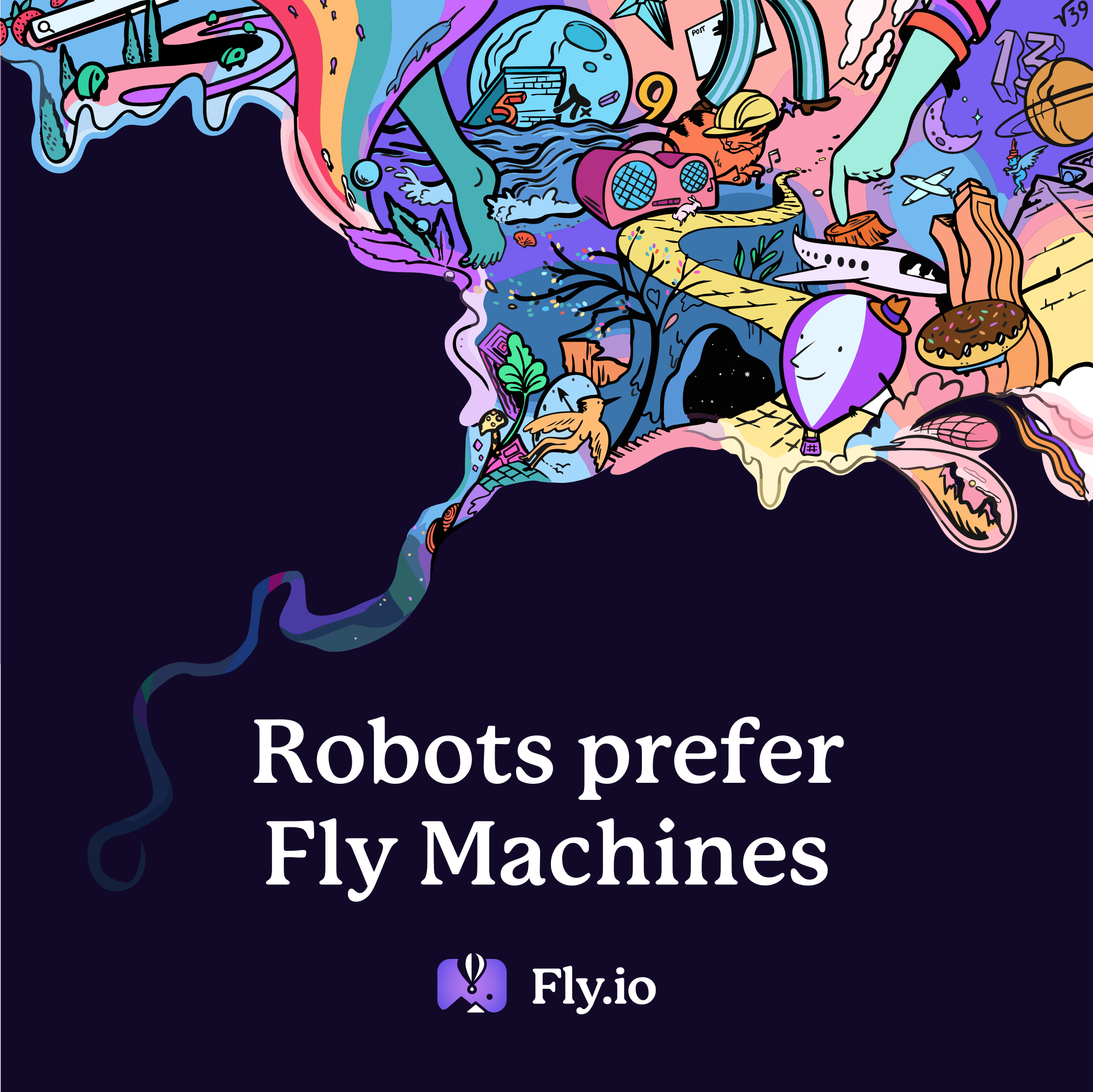
Fly.io lets you spin up hardware-virtualized containers (Fly Machines) that boot in milliseconds, run any Docker image, and scale to zero automatically when idle. Whether your workloads are driven by humans or autonomous AI agents, Fly Machines provide infrastructure that's built to handle it:
- Instant Boot Times: Machines start in milliseconds, ideal for dynamic and unpredictable demands.
- Zero-Cost When Idle: Automatically scale down when not in use, so you're only billed for active usage.
- Persistent Storage: Dedicated storage for every user or agent with Fly Volumes, Fly Managed Postgres, and S3-compatible storage from Tigris Data.
- Dynamic Routing: Seamlessly route each user (or robot) to their own sandbox with Fly Proxy and fly-replay.
If your infrastructure can't handle today's dynamic and automated workloads, it's time for an upgrade.
Build infrastructure ready for both humans and robots. Try Fly.io.

Trump's AI Action Plan
- President Trump signed executive orders including a directive to promote AI exports and one that says LLMs used by the government need to be neutral and unbiased. (Stephanie Lai, Jackie Davalos and Annmarie Hordern / Bloomberg)
- The Trump administration plans to vet AI models for “ideological bias” and bar companies whose products they deem fail to provide “objective truth” from doing business with the US government. Plainly unconstitutional, but who will bother to complain? (Joe Miller and Michael Acton / Financial Times)
- The White House’s “AI Action Plan” attempts to resurrect a controversial AI law moratorium that would bar states from regulating AI systems for 10 years. It would deny certain kinds of funding to states the administration deems to have onerous regulations against AI. (Hayden Field / The Verge)
- The 90 policy recommendations in the plan would limit regulation and give Big Tech room to grow even bigger. It is an enormous gift to the platforms; they all earned back their $1 million inauguration donations many times over with this one. (Kate Knibbs and Will Knight / Wired)
- The executive order also would loosen already lax environmental rules for the AI industry. (Jarrett Renshaw and Alexandra Alper / Reuters)
- AI companies should not be expected to pay for the use of copyrighted content in their systems, Trump said at the AI Summit. Another gift to the industry. (Ted Johnson and Tom Tapp / Deadline)
- Trump considered breaking up Nvidia but was told by aides it would be “very hard” and that competitors would take years to overcome the advantage Nvidia has built. (Annmarie Hordern / Bloomberg)

Governing
- The Trump administration is reportedly using the threat of tariffs and access to the US economy to stop countries from imposing taxes and regulations on US tech companies. This newsletter really should have a "gifts to industry" counter. (Amrith Ramkumar and Gavin Bade / Wall Street Journal)
- At least $1 billion worth of Nvidia’s advanced AI chips were reportedly shipped to China after Trump’s tightened export controls. (Zijing Wu and Eleanor Olcott / Financial Times)
- The FDA’s AI tool Elsa, intended to help speed up drug and medical device approvals≤ is citing nonexistent studies — making it unreliable for critical work. (Sarah Owermohle / CNN)
- Instagram accounts that are run by adults but primarily feature children will no longer be recommended to “potentially suspicious adults,” Meta said in an update. (Jess Weatherbed / The Verge)
- Many North Koreans who have infiltrated the US workforce use Minions and other characters from the movie franchise “Despicable Me” in social media profiles and email addresses, investigators say. (Robert MacMillan / Wall Street Journal)
- LLMs can learn traits from data generated by another model even when the data is semantically unrelated to those traits, Anthropic Fellow researchers found. Extremely strange and speaks to the ongoing challenge of aligning LLMs when we truly do not understand how they work. (Alex Cloud, Minh Le, James Chua, Jan Betley, Anna Sztyber-Betley, Jacob Hilton, Samuel Marks and Owain Evans / Alignment Science Blog)
- Lawyers for LeBron James sent a cease-and-desist letter to the creators of an AI tool and Discord community that let people create AI videos of NBA players. James was apparently tired of people using the tools to create videos of him pregnant. (Jason Koebler / 404 Media)
- Grindr won’t allow users to add “no Zionists” to their profiles, but allows a number of other phrases stating political, religious and ethnic preferences, tests and user reports show. (Samantha Cole / 404 Media)
- The UK’s competition authority told Apple and Google that their mobile platforms hold an “effective duopoly” and laid out concerns related to app review processes, app store search rankings and commission on in-app purchases. (Muvija M / Reuters)
- The world may be on the verge of a “fraud crisis” due to the way AI allows bad actors to impersonate other people, OpenAI’s Sam Altman warned. (Clare Duffy / CNN)

Industry
- Google reported Q2 results that beat expectations on revenue and earnings, and share rose despite the company saying it would raise capital investments by $10 billion this year. (Jennifer Elias / CNBC)
- Google is rolling out AI summaries on the Discover news feed in its search app, further threatening traffic for news publishers. Discover is the last feature in Google that reliably sends significant amounts of traffic, so this is a meaningful blow. (Rob Waugh / Press Gazette)
- DeepMind unveiled Aeneas, an AI model for contextualizing ancient inscriptions and designed to help historians interpret and restore historical texts. (Google DeepMind)
- Google Photos added a photo-to-video feature that can transform a still image into a six-second clip. (Abner Li / 9to5Google)
- Google launched a new AI feature, previewed at I/O, that lets users virtually try on clothes. It's also rolling out updated price alerts. (Aisha Malik / TechCrunch)
- Google’s lead for its Home and Nest products, Anish Kattukaran, acknowledged issues with Assistant’s reliability and said there will be more to share on “major improvements” in the fall. (Ben Schoon / 9to5Google)
- Web Guide, Google’s new AI search feature for a group of testers on Labs, groups links by sorting results and finding related questions using AI. (Emma Roth / The Verge)
- YouTube is giving Shorts creators access to new AI features, including an image-to-video AI tool and new effects. (Aisha Malik / TechCrunch)
- A look at how YouTube cooking videos have become an increasingly useful resource for professional and amateur chefs alike. (Kate Krader / Bloomberg)
- OpenAI has to ensure it can be “a beacon to the field” and follow its mission of creating AI that benefits all, a report from the company’s philanthropic advisers said. An item about this story earlier this week in Platformer suggested that the advisory board said OpenAI should remain a nonprofit; this story suggests that in fact they only suggest a "robost" role for the nonprofit. (Chase DiFeliciantonio and Christine Mui / Politico)
- OpenAI released an analysis of how ChatGPT has boosted productivity for businesses and governments and announced a yearlong study to assess AI’s impact on productivity. (OpenAI)
- Founders Fund and Dragoneer have reportedly committed more than $1 billion each to the second part of OpenAI’s $40 billion funding round. (Sri Muppidi / The Information)
- OpenAI is reportedly set to launch GPT-5 in August after some additional testing and delays. I'm hearing it's already showing up in third-party coding tools for testing. (Tom Warren / The Verge)
- Many xAI employees were reportedly uncomfortable when they were asked to record their facial expressions to train Grok. (Grace Kay / Business Insider)
- Meta has reportedly hired three Google AI researchers who worked on the version of Gemini that won a gold medal standard at the International Mathematics Olympiad. (Kalley Huang and Erin Woo / The Information)
- Threads is adding enhanced metrics for users to better understand how posts are performing and where they are getting discovered. (Aisha Malik / TechCrunch)
- Meta quietly ended its Threads bonus program and is no longer paying creators to post. (Karissa Bell / Engadget)
- A look at Meta’s new wristband, which it says can read signals that can reveal what a person is about to do before they do it. It's designed to let you control computers with hand gestures. (Cade Metz / New York Times)
- Apple launched AppleCare One, its new insurance plan bundle for up to three devices, for $20 a month. (Samantha Kelly / Bloomberg)
- A hacker reportedly compromised a version of Amazon’s AI coding assistant Q, which Amazon included in a public release. Amazon said “no customer resources were impacted.” (Joseph Cox / 404 Media)
- Amazon is acquiring Bee, an AI hardware startup that makes a Fitbit-like device that listens in on conversations and transcribes them. (Emma Roth / The Verge)
- A look at how Reddit has transformed itself into a dominant online community and the moderation challenges it now faces with AI-generated content. (John Herrman / Intelligencer)
- A report by Mistral AI on the environmental impacts of their LLMs found that they use less water per query than is often assumed. (Mistral AI)
- Proton Mail email service provider Proton launched a privacy-focused AI assistant that stores data locally on users’ devices. (Emma Roth / The Verge)
- Figma’s prompt-to-app coding tool Figma Make is now available for all users. (Jess Weatherbed / The Verge)
- Open gaming marketplace Itch.io is removing adult content from its browse and search pages, along with games, following pressure from payment processors. (Jess Weatherbed / The Verge)
- AI-generated images are spoiling the fun for people looking for inspiration on Pinterest mood boards, this columnist writes. (Bethan Staton / Financial Times)

Those good posts
For more good posts every day, follow Casey’s Instagram stories.

(Link)

(Link)
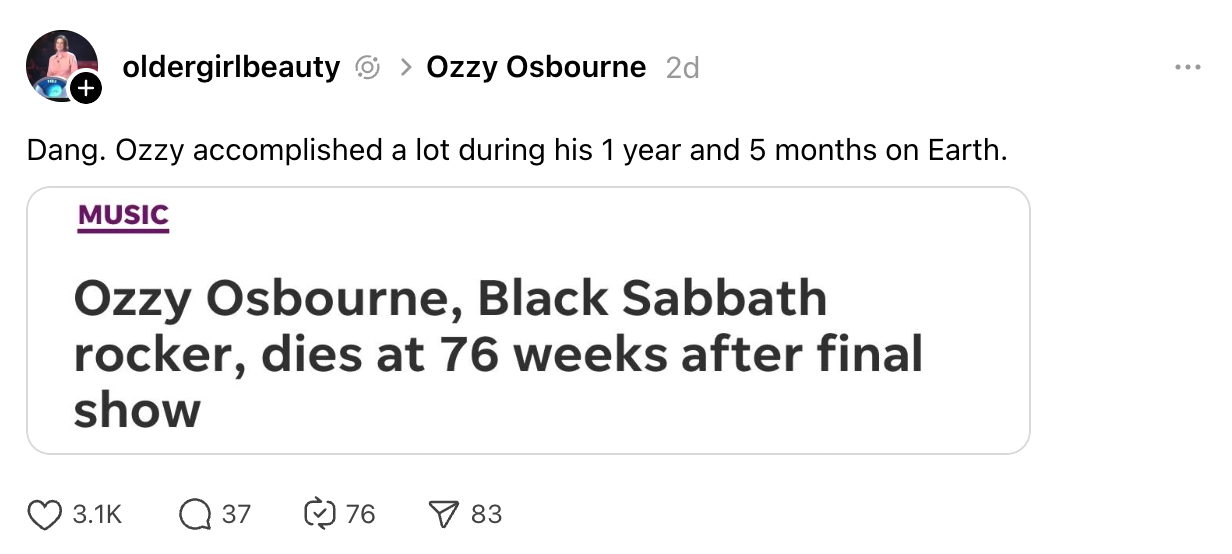
(Link)
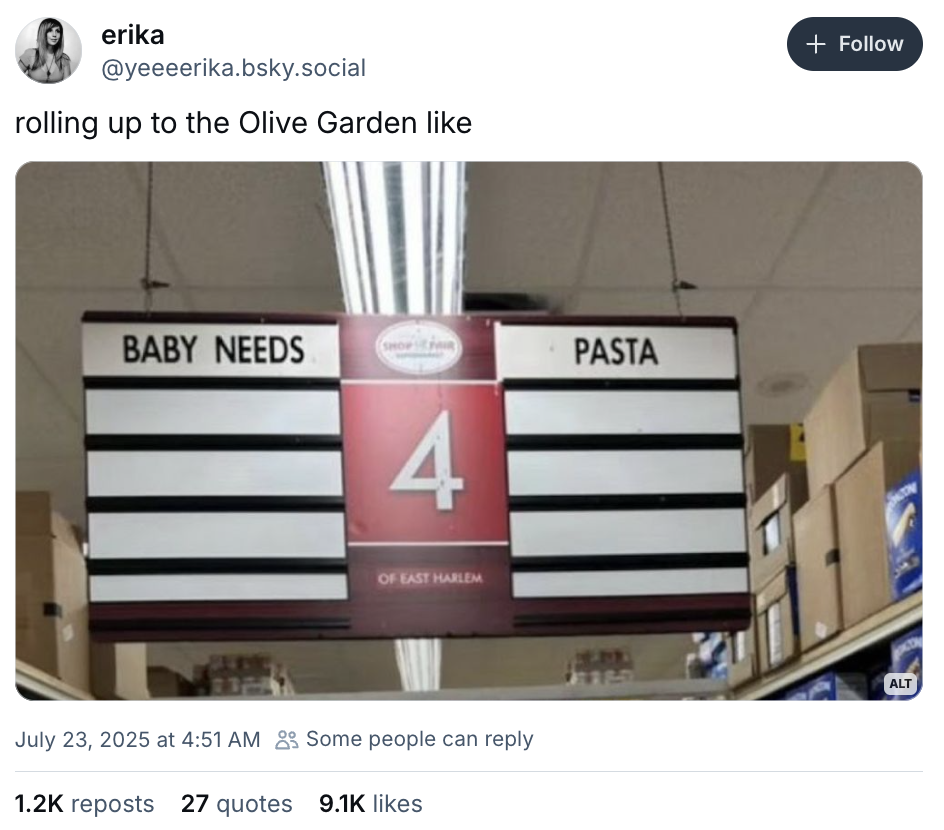
(Link)

Talk to us
Send us tips, comments, questions, and defenses of trust and safety: casey@platformer.news. Read our ethics policy here.



